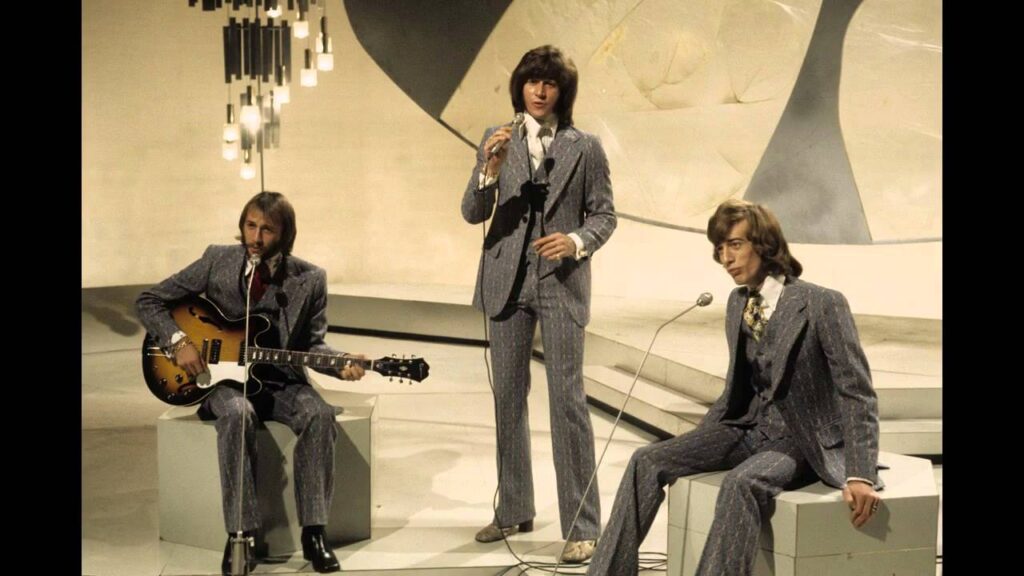
A Ballad of Longing Lost in the Shadows of Fame
When The Bee Gees released “I Can’t See Nobody” in 1967 as part of their breakout album Bee Gees’ 1st, they were on the cusp of international stardom. Though the song was originally issued as a B-side to the hit single “New York Mining Disaster 1941,” it quickly became a quiet favorite among listeners who recognized its aching emotional depth and baroque sophistication. While it never charted as a single in most territories, its place within the band’s early catalog is undeniable—a haunting showcase of their youthful romanticism and the melancholic grandeur that would come to define much of their late-1960s work.
In “I Can’t See Nobody,” the Gibb brothers—Barry, Robin, and Maurice—crafted a song that straddles the fragile border between devotion and despair. Recorded in London during a period when the group was refining its sound after returning from Australia, this track reveals their precocious command of arrangement and mood. The sweeping orchestration, guided by producer Robert Stigwood’s vision and arranger Bill Shepherd’s lush string textures, mirrors the emotional turbulence at the heart of the lyric: an all-consuming love that blinds one to everything else in life.
At its core, this is not merely a love song—it is an elegy for obsession. The narrator’s vision narrows until only the beloved remains visible, rendering the world around him spectral and insignificant. The melody glides between minor and major tonalities, embodying that painful oscillation between yearning and surrender. Robin Gibb’s quivering lead vocal, with its distinct vibrato and vulnerability, turns every phrase into a confession whispered from solitude. The instrumentation—gentle acoustic guitar, harpsichord accents, and softly pulsing rhythm—creates a chamber-pop intimacy reminiscent of mid-period Beatles or early Moody Blues, yet unmistakably filtered through the Bee Gees’ own melancholic sensibility.
Lyrically, “I Can’t See Nobody” exemplifies how the Gibbs wrote from emotional instinct rather than strict narrative logic. Their words are less about plot than about texture—phrases that evoke isolation, reverence, and the blurred perception of a soul consumed by love’s intensity. It is youthful poetry painted with symphonic brushstrokes: ornate yet vulnerable, dramatic yet deeply sincere. For all its grandeur, there is a trembling humanity at its center—the recognition that love can illuminate one person while dimming everything else around them.
In retrospect, “I Can’t See Nobody” stands as one of the Bee Gees’ most evocative early works—a prelude to the emotional opulence they would later refine on songs like “Massachusetts” and “To Love Somebody.” It captures a moment when pop music was stretching toward artfulness without losing its heart; when three young men could transmute private longing into something universal. Listening now, one can still feel that first rush of emotion—the dizzying blindness of love so total it becomes both sanctuary and prison.